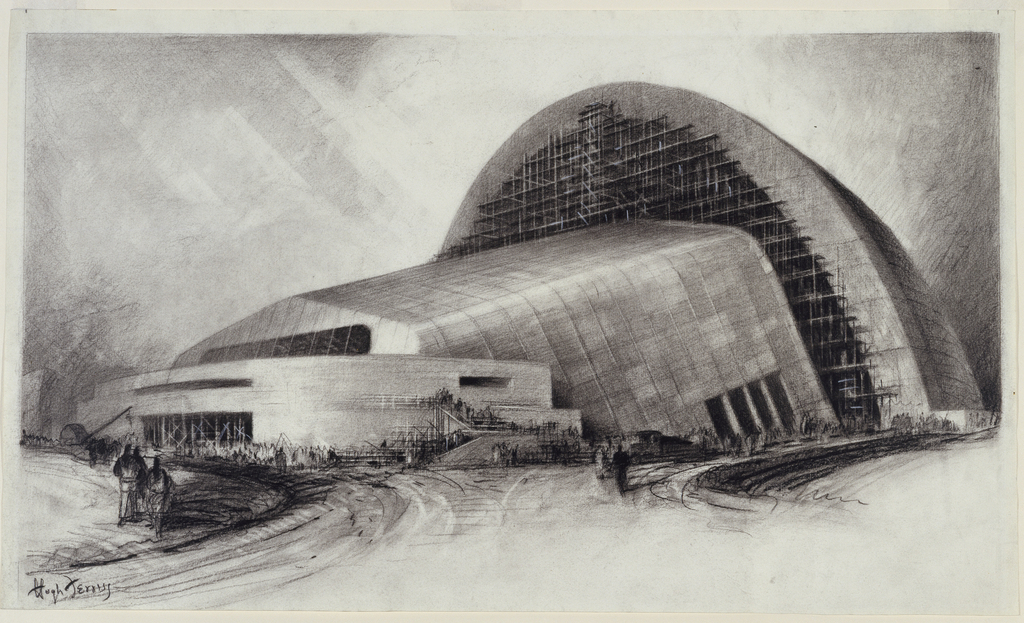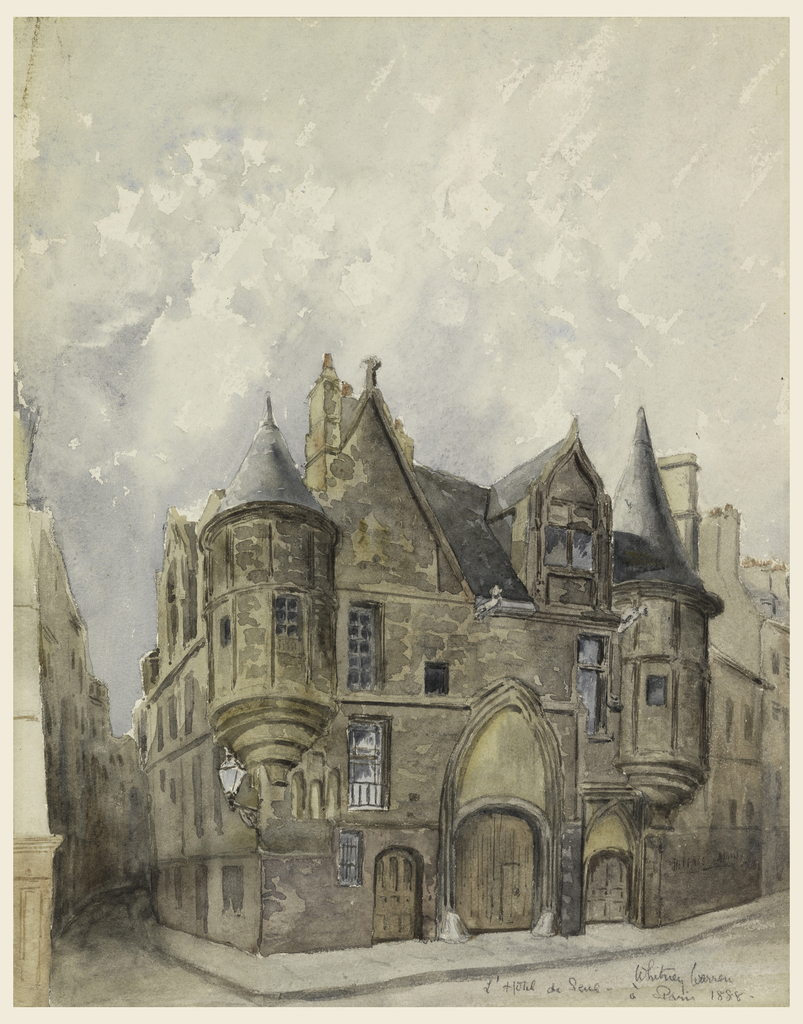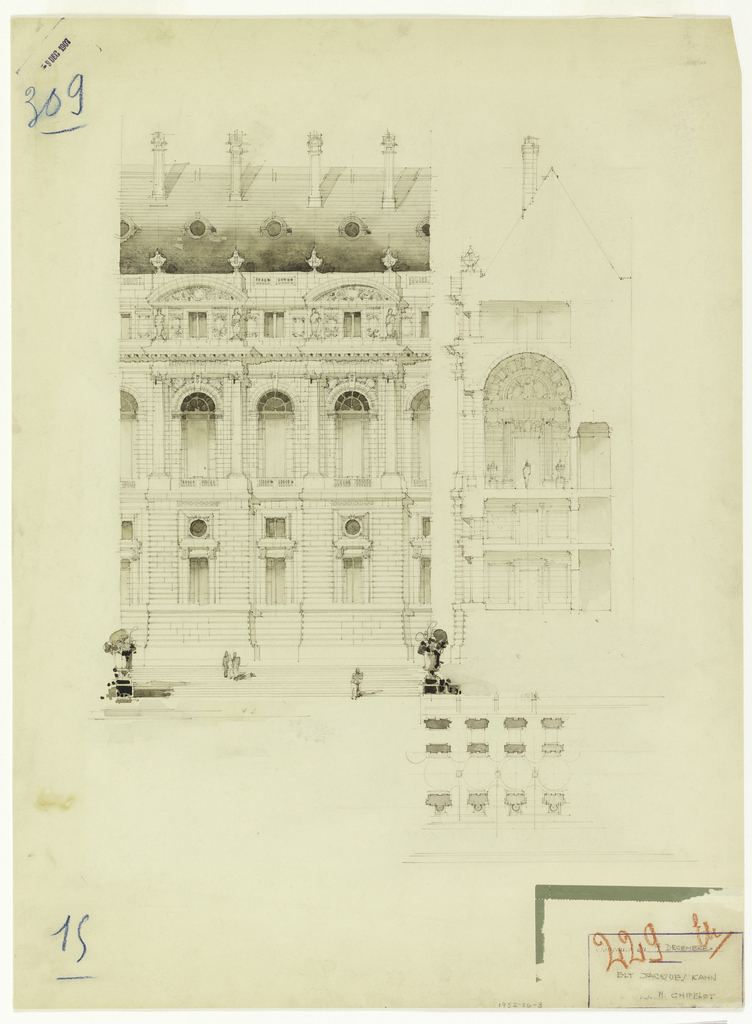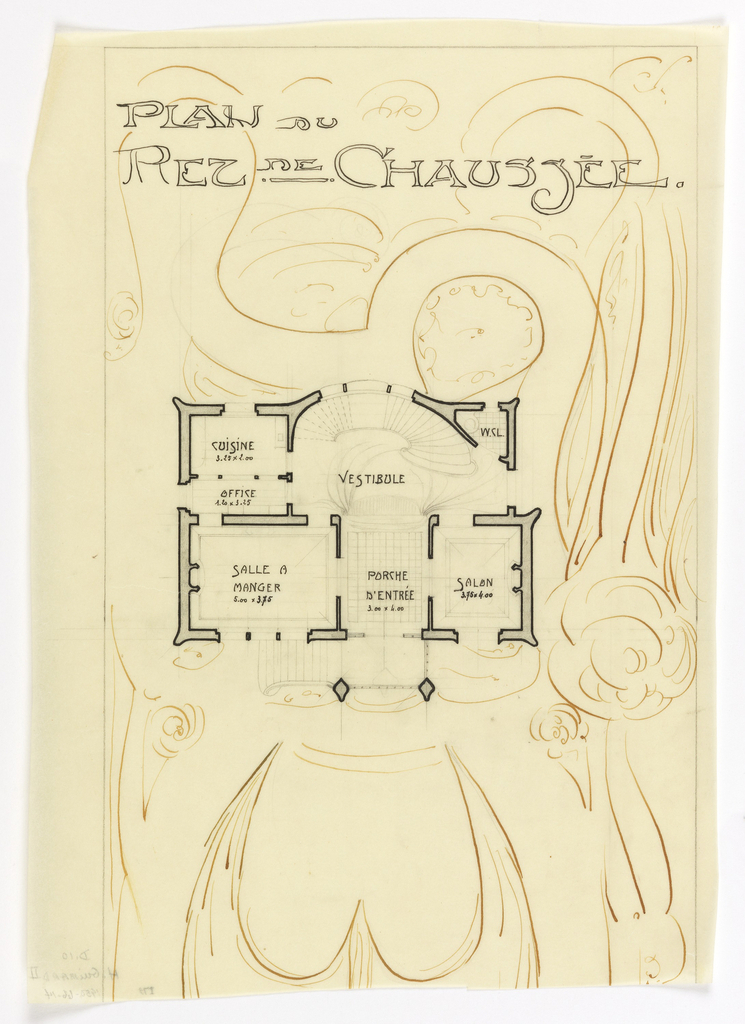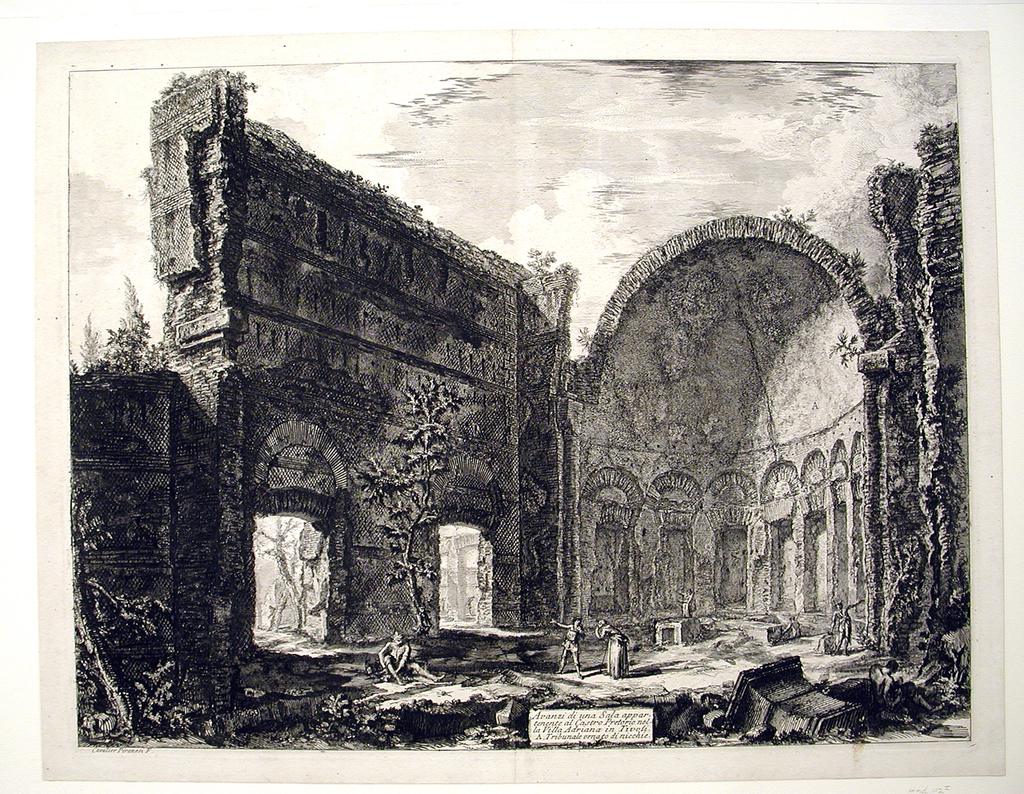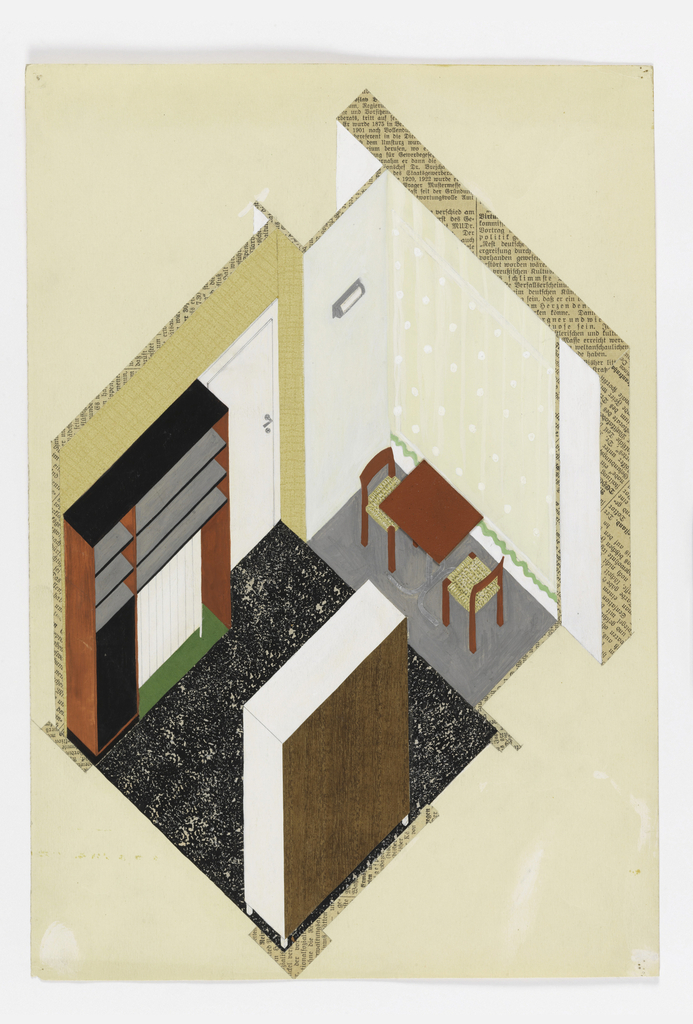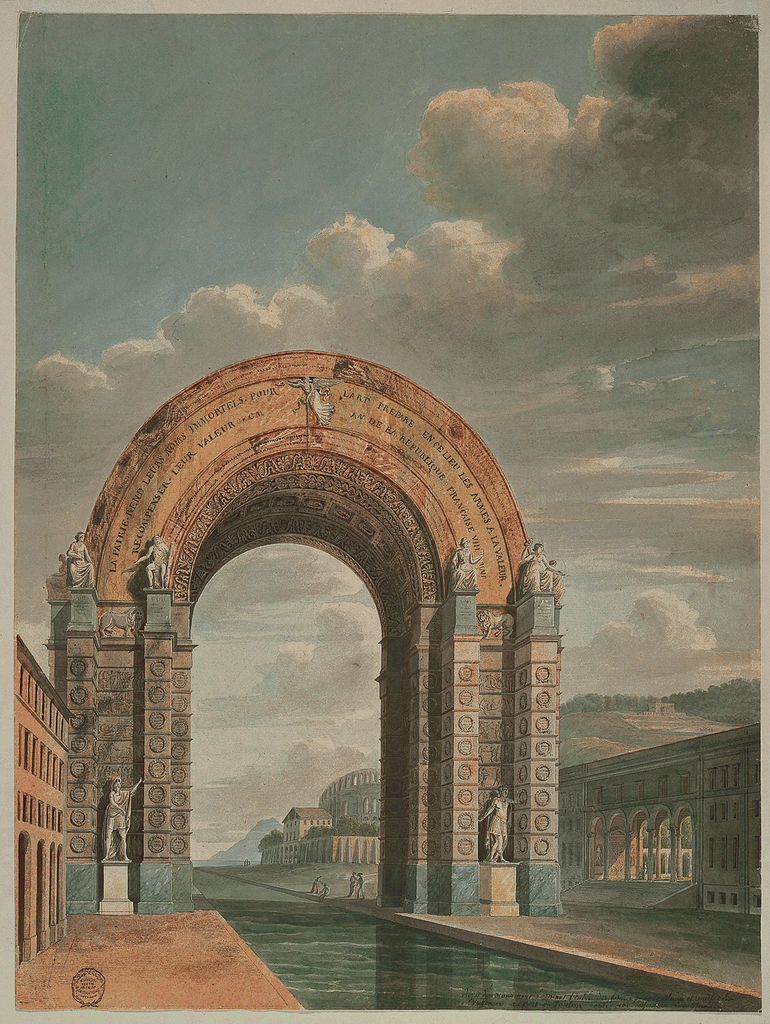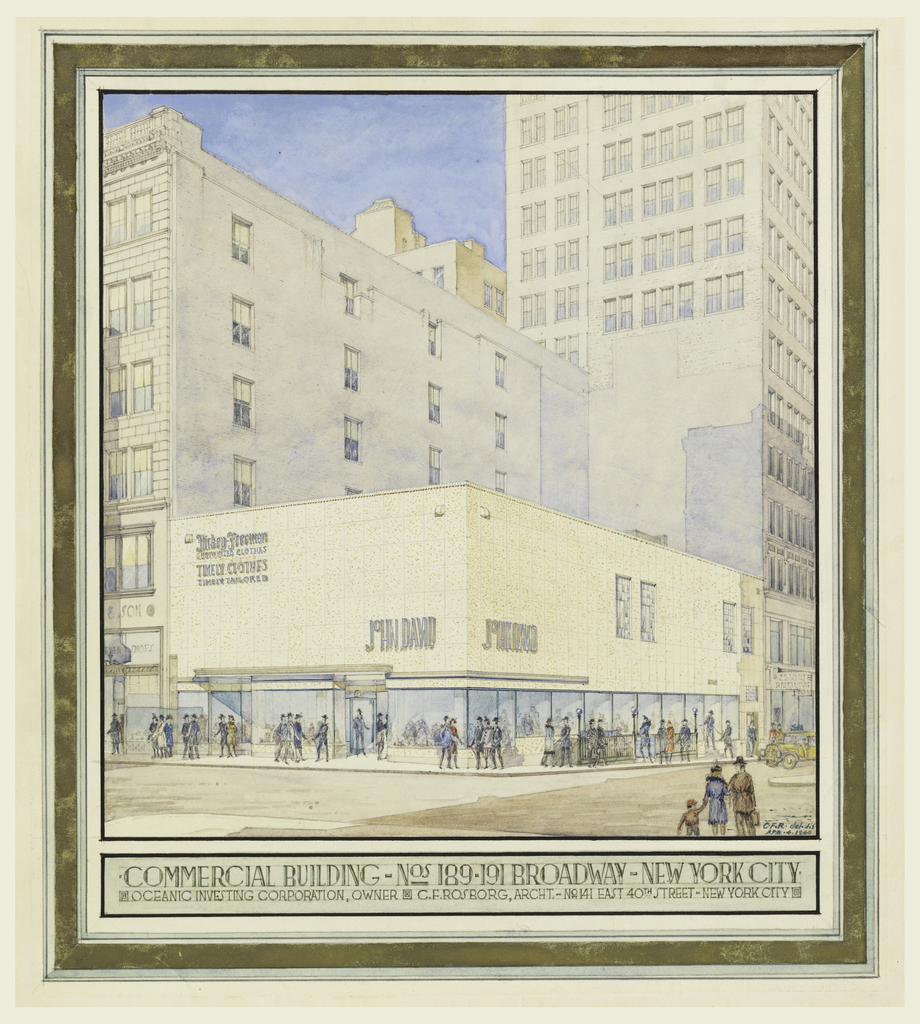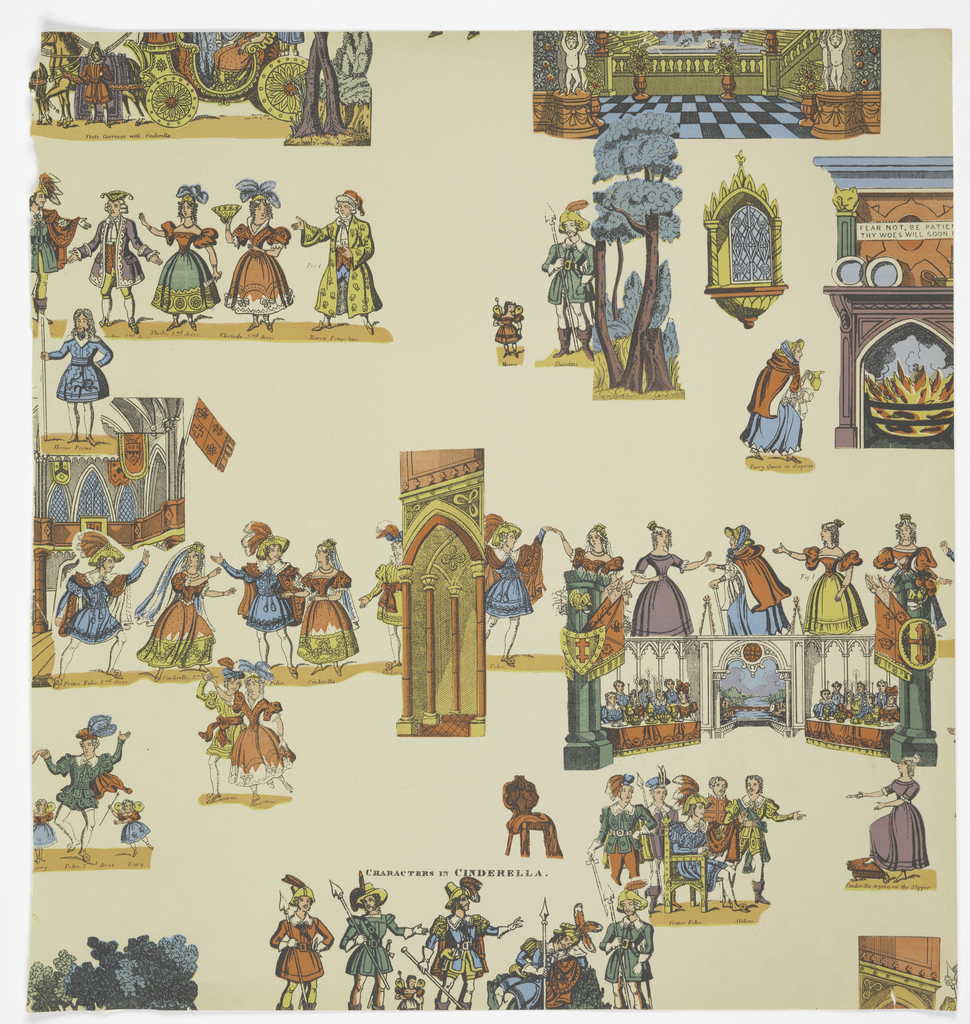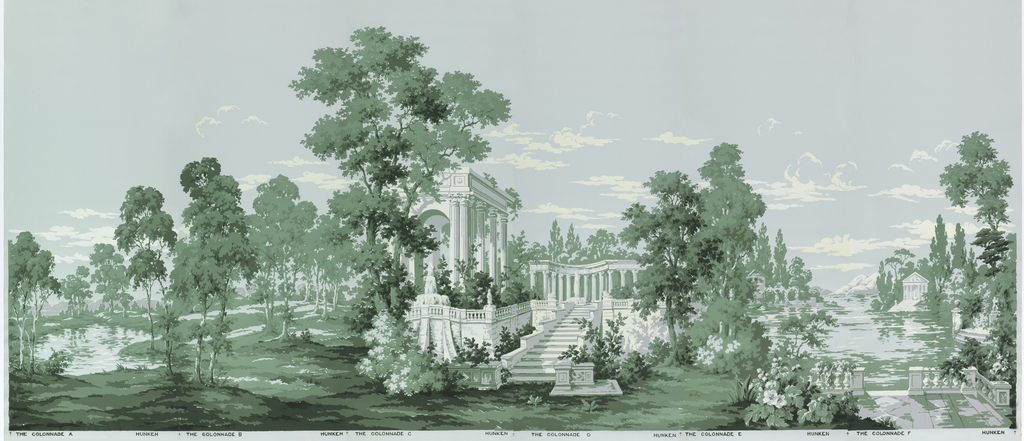“Located on a larger tract of land in the transportation area, the aviation exhibit gives the visitor a realistic picture of a busy metropolitan airport. The dome-like rear portion holds an invisibly suspended transport plane in full flight against a projected night sky.”[1] Published in the 1939 New York World’s Fair brochure, this description and...
Bjarke Ingels speaks with Cooper Hewitt Curatorial Director Cara McCarty. About Bjarke Ingles: From the shoreline of the East River to the site of Ground Zero, the large-scale vision of Bjarke Ingels, founder of the Copenhagen-based BIG, is reshaping the architectural landscape of New York City. Ingels’ spectacular designs, which he calls “promiscuous hybrids” for...
Video recorded live at Cooper Union on October 8, 2015. Full talk not available due to permissions restrictions. Included in this video: opening remarks from Nader Tehrani, Dean of the Irwin S. Chanin School of Architecture at The Cooper Union; Caroline Baumann, Director of Cooper Hewitt; and Brooke Hodge, Deputy Director of Cooper Hewitt. Conversation...
Before architecture firm Warren & Wetmore erected Gilded Age estate houses on Long Island, Newport country clubs, Park Avenue apartment blocks and the Beaux-Arts style Grand Central Station[1], Whitney Warren (1864-1943) spent ten formative years in Paris – from 1884 to 1894. Trained by historicists Honoré Daumet and Charles Girault at L’École des Beaux-Arts,[2] the...
New York City Art Deco forerunner Ely Jacques Kahn (1884-1972) would have been nothing if it weren’t for the few formative years spent at Paris’ hallowed École nationale supérieure des Beaux Arts (National Superior School of Fine Arts); from 1908-1911. Contributing to Midtown Manhattan’s 1910 to 1930 building boom, the architect conceived more than a...
Architectural commissions were an important part of Jack Lenor Larsen’s work, and frequently provided the impetus for the development of new technologies. His first commission was for Lever House, designed by Gordon Bunshaft of Skidmore, Owings & Merrill. Completed in 1952, Lever House was one of the first glass curtain-wall office towers in the country....
Recognized for an Art Nouveau style all his own, French architect Hector Guimard (1867-1942) designed over a hundred buildings during a prolific fifteen-year span: 1898-1913. He is perhaps best known for having devised the iconic Paris Metro entrance in 1907, a wide-spread scheme employing standardized components that recreate natural forms through the structural and sculptural...
In 1767 the French writer and critic, Denis Diderot expounded the ”poetics of ruins” writing, “a palace must be in ruins to evoke any interest.”[1] Diderot’s comments were directed toward paintings by the French artist Hubert Robert that often featured real and fantastical Italianate ruins. Such vogue for ruin paintings were inspired by sites frequented...
German-born Margarethe (Grete) Fröhlich was a young artist when she moved to Frankfurt, Germany in 1929. In the early 1920s Frankfurt had experienced a housing crisis. In an effort to address the shortage of affordable housing, the city embarked on a major building project, constructing nearly 15,000 residences in a period of five years. The...
This drawing is the creation of Jean-Jacques Lequeu, a French architect and draftsman of the late 18th and early 19th centuries. A faint inscription in the bottom right corner of the drawing announces that it is a project for a monument at the entrance to the navy arsenal in Toulon, a major port in the...
Architect Rafael Viñoly made hand sketches as well as beautiful watercolors for his projects. For the Kimmel Center for the Performing Arts, Philadelphia (1998–2001), Viñoly was tasked with providing a cultural complex: a hall for the Philadelphia Orchestra and a second performance space for multiple types of theatrical productions. The center was also to serve...
In 1977, in honor of the bicentennial celebrations of a year previous, Cooper Hewitt mounted an exhibition entitled 200 Years of American Architectural Drawing (see more on the exhibition in a special feature on the Architectural League’s website). Curated by David Gebhard and Deborah Nevins, the show and its accompanying publication featured a range of...
Have we fallen down? What is going on here? The perspective in this late 17th-century Italian drawing is so strange because it is meant to be viewed from below. This drawing was done in preparation for a painted ceiling, a frequent feature of the sumptuous palaces and grand churches built in Italy in the 16th-19th...
Cinderella is one of the most beloved children’s stories of all time and has been illustrated on wallpaper by numerous designers. This rendition was created by Ilonka Karasz, designer, illustrator, and one of the premiere women industrial designers. Ilonka began designing wallpaper in 1948 and worked almost exclusively for Katzenbach & Warren. As seen in...
Murals became a fashionable wall decoration in the mid-twentieth century. Murals differ slightly from scenic wallpapers in that most were designed to cover a single wall, or to separate or highlight a section of a larger wall, where scenic wallpapers were designed to run continuously around a room. Many mural designs could also be continuous...
